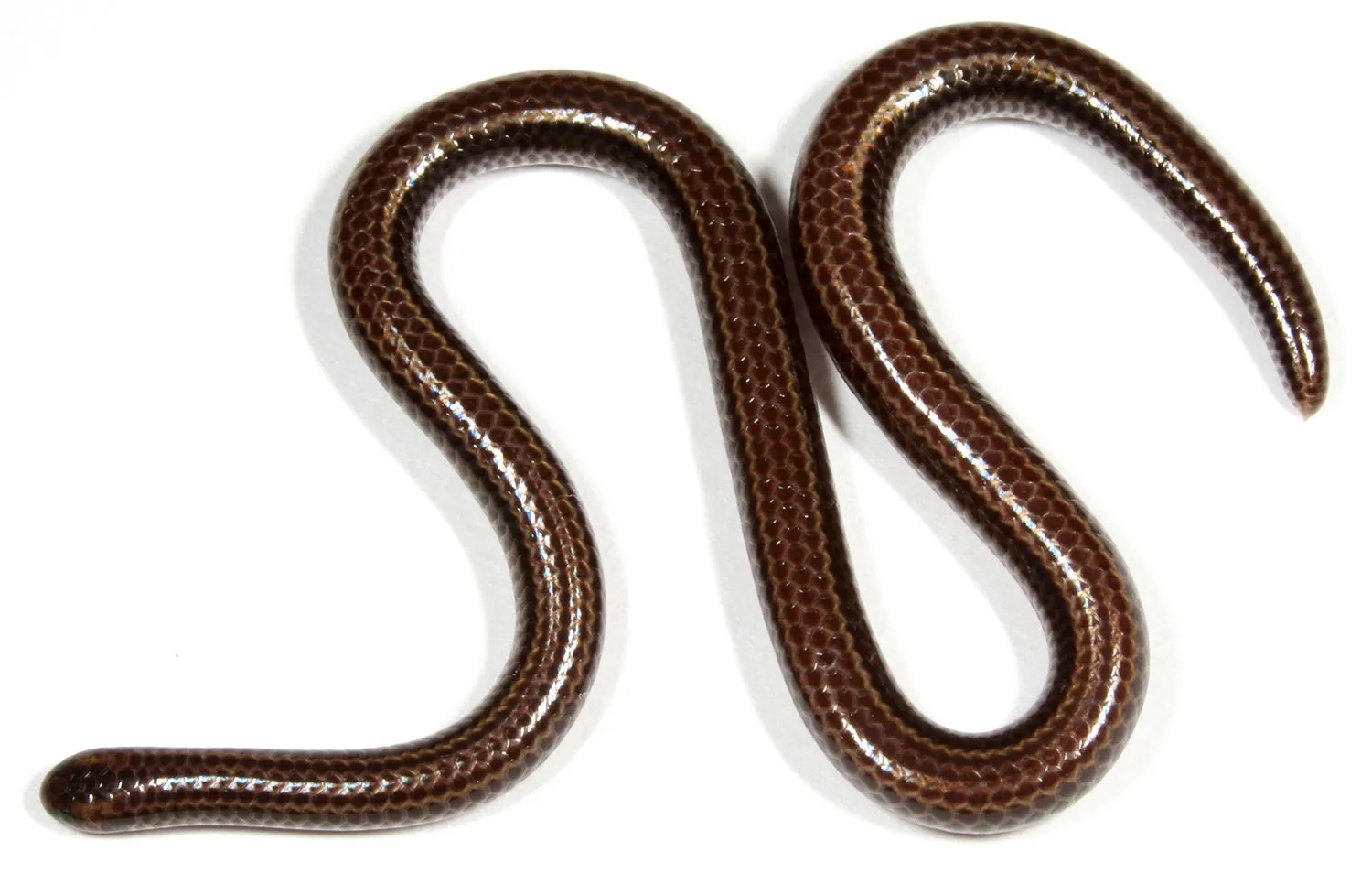
Barbados, the easternmost country in the Caribbean, is not only known for its stunning beaches and vibrant culture but also for its diverse wildlife. Among the countless fascinating creatures that inhabit this tropical paradise, the Barbados threadsnake holds a special place. Despite its tiny size, this elusive species has captured the attention of researchers and nature enthusiasts alike.In this article, we will delve into the intriguing world of the Barbados threadsnake and uncover 18 fascinating facts about this curious creature. From its diminutive size to its remarkable hunting techniques, we will explore the unique characteristics and behaviors that make the Barbados threadsnake truly one of a kind.So, get ready to embark on a journey through the realm of these captivating creatures as we reveal the hidden wonders of the Barbados threadsnake.
Key Takeaways:
- The Barbados Threadsnake is the world’s smallest snake, living in Barbados, and playing a vital role in controlling insect populations, making it a unique and fascinating species worth protecting.
- With its tiny size, reduced eyesight, and secretive nature, the Barbados Threadsnake is a gentle, harmless creature that thrives underground and continues to intrigue researchers with its evolutionary adaptations.
The Barbados Threadsnake is the smallest known snake species.
This tiny snake, scientifically known as the Leptotyphlops carlae, measures about 4 inches in length on average, making it the world’s smallest snake.
It is endemic to the Caribbean island of Barbados.
The Barbados Threadsnake is unique to the island of Barbados, which is located in the Lesser Antilles region of the Caribbean.
The snake has a slender and elongated body.
With its thin and elongated body, the Barbados Threadsnake is perfectly adapted to burrowing through soil and sand.
It primarily feeds on termites and ant larvae.
The diet of the threadsnake consists mainly of termites and ant larvae, which it locates by provoking their nests and quickly feeding on the insects that emerge.
The Barbados Threadsnake has reduced eyesight.
Due to its subterranean lifestyle, this snake has very small eyes that are not well-developed, as its visual senses are not crucial for its survival.
It has a docile temperament and poses no threat to humans.
The Barbados Threadsnake is non-venomous and harmless to humans. It is known for its docile nature and gentle disposition.
Females give birth to live young.
This snake species is ovoviviparous, meaning the eggs develop inside the mother’s body, and she gives birth to live offspring.
The snake has a unique reproductive strategy.
Barbados Threadsnakes engage in a form of reproductive strategy called “parthenogenesis,” in which females can reproduce without the need for fertilization by males.
The snakes are known for their secretive behavior.
Due to their size and subterranean lifestyle, Barbados Threadsnakes are rarely observed in the wild and are rather elusive creatures.
They possess smooth scales.
The snake’s scales are smooth and glossy, allowing for easier movement through the soil and enabling them to slide effortlessly into narrow cracks and crevices.
The species was discovered in 2008.
The Barbados Threadsnake was first discovered by Blair Hedges, a herpetologist, and his team during a survey on the island in 2008.
They have evolved to withstand low oxygen levels.
Living underground, Barbados Threadsnakes have adapted to tolerate environments with lower oxygen levels and limited access to fresh air.
The snake is named after its native habitat.
The Barbados Threadsnake derives its name from its discovery on the island of Barbados and its slim, thread-like appearance.
It is considered a living fossil.
As a primitive species, the Barbados Threadsnake is often referred to as a “living fossil” due to its resemblance to snake ancestors from millions of years ago.
The snake has limited mobility.
Due to its reduced body size and specialized adaptations for burrowing, the Barbados Threadsnake has limited mobility on the surface.
They play a crucial role in the ecosystem.
As insectivores, Barbados Threadsnakes contribute to insect population control, maintaining a balance in the ecosystem by keeping termite and ant populations in check.
Conservation efforts are in place to protect this unique species.
Given its limited range and vulnerability to habitat loss, conservation organizations are actively working to protect the Barbados Threadsnake and its habitat.
Researchers continue to study and learn more about this fascinating species.
Scientists and herpetologists are continually conducting research on the Barbados Threadsnake to gain further insights into its behavior, physiology, and ecological importance.
Conclusion
The Barbados Threadsnake, despite its small size, has gained significant attention from researchers and nature enthusiasts around the world. With its unique characteristics, including being the smallest snake species and its fascinating breeding behavior, this tiny serpent continues to captivate our curiosity. As we delve deeper into the wonders of the natural world, we discover that even the smallest creatures have incredible stories to tell.
FAQs
Q: How small is the Barbados Threadsnake?
A: The Barbados Threadsnake holds the distinction of being the smallest snake species in the world, with adults typically measuring only 10 centimeters in length.
Q: What is the habitat of the Barbados Threadsnake?
A: These snakes are endemic to the Caribbean island of Barbados and are primarily found in humid forest litter, leaf debris, and the undergrowth of tropical vegetation.
Q: What does the Barbados Threadsnake eat?
A: These tiny snakes predominantly feed on termites and ant larvae, utilizing their small size to their advantage in accessing their prey’s nests.
Q: Does the Barbados Threadsnake have any predators?
A: Due to its small size and burrowing behavior, the Barbados Threadsnake faces minimal predation threats. However, some potential predators include small mammals and predatory birds.
Q: How does the Barbados Threadsnake reproduce?
A: The Barbados Threadsnake is oviparous, meaning it lays eggs. The female snake lays a single egg, which is significantly larger than her body size.
The Barbados threadsnake may be small, but its fascinating characteristics make this species a true marvel of nature. Learning about unique creatures like this opens our eyes to the incredible diversity of life on Earth. If you're curious to discover more about the world of reptiles, want to understand what makes endemic species so special, or are eager to explore the wonders of biodiversity, keep reading – there's a wealth of captivating facts waiting for you!
Was this page helpful?
Our commitment to delivering trustworthy and engaging content is at the heart of what we do. Each fact on our site is contributed by real users like you, bringing a wealth of diverse insights and information. To ensure the highest standards of accuracy and reliability, our dedicated editors meticulously review each submission. This process guarantees that the facts we share are not only fascinating but also credible. Trust in our commitment to quality and authenticity as you explore and learn with us.


